The Saurus, Nissan’s lightweight mid-engined sports car that fascinated the world when it appeared as a prototype at the 1987 Tokyo motor show, is alive and well and racing in Japan.
Under the lights at the Harumi Fairground 16 months ago, the Saurus looked like a good idea that wouldn’t come to anything – a kind of Japanese Caterham Seven. But would Nissan build it? At the time it appeared unlikely.
After the show the Saurus seemed to sink without trace, although periodically it did the rounds of local dealer showrooms in Japan. It was a prototype, said Nissan and, no, you couldn’t really learn anything from driving it.
Then, in the latter half of 1988, came the reprieve. The Saurus was resurrected in faster, more developed form, but for the track, not the road, to form the basis of a new Japanese one-make race series called the Saurus Cup. And in January came an invitation to Tsukuba circuit to track test the reborn Saurus.
Nismo, Nissan’s competition wing, had brought along three cars – two in the original silver and blue colours of the show car and a third painted bright yellow. The first two were ‘training’ cars for learners, while the yellow car was the full-house racer, a significantly different machine from the original prototype.
The shape is much the same – a slim body, gently curved all the way round, with big flared wheelarches sprouting from each corner. As before, there are no doors nor roof and a tiny windscreen that looks as if it is just for show.
The tiny headlights of the show car have been replaced by a massive full-width spoiler to provide downforce. Another notable absentee is the passenger’s seat: Saurus is now a single-seater and, with a length of 3345mm, almost exactly the size of a Caterham Seven.
Standing just 1090mm high (including rollbar), it’s a low-slung machine, with a tubular spaceframe chassis. There’s a pressed steel tub for the driver and subframes for both front and rear suspension. The glass-fibre body has one-piece front and rear panels, which lift off.
Gone also is the Saurus’s original one-litre supercharged and turbocharged engine (only to reappear in the latest and hottest Japanese Micra). In its place, Nismo is using a standard Bluebird 1.8-litre engine for training purposes and a Sunny 1.8-litre for racing.
The engines, which sit longways behind the driver, produce 125bhp and 135bhp respectively. Both have iron blocks and twin-cam, 16-valve heads. There’s a computerised electronic injection but no turbo. For the racer, no modification is allowed, save blueprinting and the choice of a new exhaust manifold. Maximum power arrives at 6800rpm, with a 7500rpm rev limit.
The five-speed gearbox is derived from the Subaru Leone 1.6. No official reason has been given for this curious choice, but the gearing has been radically altered for a very close ratio ’box.
The suspension is different from the show car too. The training Saurus uses complex-looking five-link geometry front and rear, with inboard coil-spring/damper units mounted ahead of the front pedal box. That was all right for low drag, says Takashi Mihashi, manager of Nismo’s engineering department, but proved difficult to set up accurately. The latest development is simple double wishbones all round, outboard dampers and massive adjustable anti-roll bars.
The current thinking sees the Saurus run with three degrees of negative camber at all four corners, to provide maximum tyre grip during hard cornering. It gets uprated 185/580 R15 Bridgestone Potenza tyres, running with bigger 7Jx15 wheels. But brakes are simple solid discs, back and front.
The racer, which Nismo will sell in Japan as a kit with the chassis made up by a new outfit called the Saurus Association, weighs just half a tonne. The training car is 20kg heavier. No performance data is available, save for an official 137mph top speed, respectable enough for a car as small and light as this, powered by essentially a family car engine. More impressive is the formidable power/weight ratio of 275bhp/tonne.
When it’s time to see what the Saurus can do, Nismo’s race crew flick on the fuel pumps using a small dashboard switch, then press another button to stir the four-cylinder engine into life. We’re to drive the training car at Tsukuba, not the race, which is undergoing brake and engine tests in the next bay.
The Nissan 1800 coughs, splutters, then finally shakes itself into action, the mechanic systematically revving it to warm it up. It sounds smooth, not too noisy and eventually settles down to a slightly uneven idle.
You gingerly slide down into the cockpit and compress yourself into a glassfibre seat that holds you tightly, especially across the hips. Comfortable it isn’t. A tiny three-spoke wheel is ahead and below, your feet rest on a small pedal cluster, which sees brake and accelerator close together. Tricky if you’re wearing ordinary-sized shoes, like me.
The gearchange is on the right; the lever, maybe just 6ins high, feels loose and the normal five-speed gate is close-set. You’re sitting quite high, the bodywork only coming up to shoulder level, looking right over the windscreen across the Saurus’s short, curved nose.
Best to move off in second gear say the Nismo people. The clutch is heavy and has the basic off/on action of a pukka racer. You need to press it hard to get into gear. Out of the pits, the razor-like response of the Nissan engine hits you immediately. It revs easily behind your head, reacting with every movement of the accelerator. The car jerks forward as you fumble, familiarising yourself with the way the controls work, then instantly picks up as you press down hard, with growing confidence.
Tsukuba is a Japanese national circuit, 1.27-miles long, with three slow right-handers, a small left-right chicane, one 180-degree left and a fast, sweeping right linking the two short straights. A bit Mickey Mouse, as they say, but well suited to the Saurus whose forté is not flat-out, but speed and agility through tight bends.
The first lap is... interesting. You’re trying to find out which way the track goes, as well as attempting to coordinate the pedals and gearchange. The track is damp (but drying) and cold slicks add another character-building element of the equation. For a first-time, heroics are out.
The Saurus’s reactions and speed make even the most agile road car feel dull and disappointing. It’s that fast, that responsibe and that much fun. And this is just the training version.
Handling is something else, supported by sensational steering that requires just the barest of hand movements to make the Saurus turn in right now. No delay, no arm shuffling, it just does it every time.
Then there’s the engine – strong and gutsy, never missing a beat throughout the pre-set 7000rpm rev limit. There’s enough torque to punch the Saurus impressively out of tight bends even if you do go in one gear too high.
Give the twin-cam its head along one of the straights and as the rev needle creeps up the Saurus really starts to shift; the exhaust note hard but crisp, blaring loudly in tandem. Stirring stuff.
The Saurus never fails to seem fast. At 110-120mph it feels much faster but beautifully stable without much buffeting. It urges you to drive faster.
But the underlying message is of a car that demands precision. Though fundamentally well-balanced and neutral with very high levels of grip, the chassis isn’t as forgiving or docile as the engine, so ragged driving isn’t the way to go.
The mid-engined configuration means that when the tail does start to slide, it goes suddenly and you need to be quick to catch it with a dab of opposite lock. It’s possible the new double wishbone suspension may lessen the effect – though probably not to the extent where it disappears completely.
Depending on your ability, this twitchiness is either harmless or a handicap. Skilled drivers might be amused by it but for the novice (and there will be plenty of those racing the Saurus this year) it’s something that needs to be watched, especially in the wet.
The brakes are firm but not very progressive. Being gentle doesn’t do much to bring the car to a halt; you have to be aggressive. The same applies to the gearchange and the clutch.
As single-seater racing goes, the Saurus may be pretty low on the evolutionary scale. After all, 135bhp is hardly the stuff of heroes. But as a cheap way to go racing it has much to recommend it.
Even better news is Nissan’s brave decision not to bury the Saurus because of its impracticality as a road car but to let it live on in style as a racer.
Peter Nunn
This article first appeared in the February 22 1989 issue of Autocar

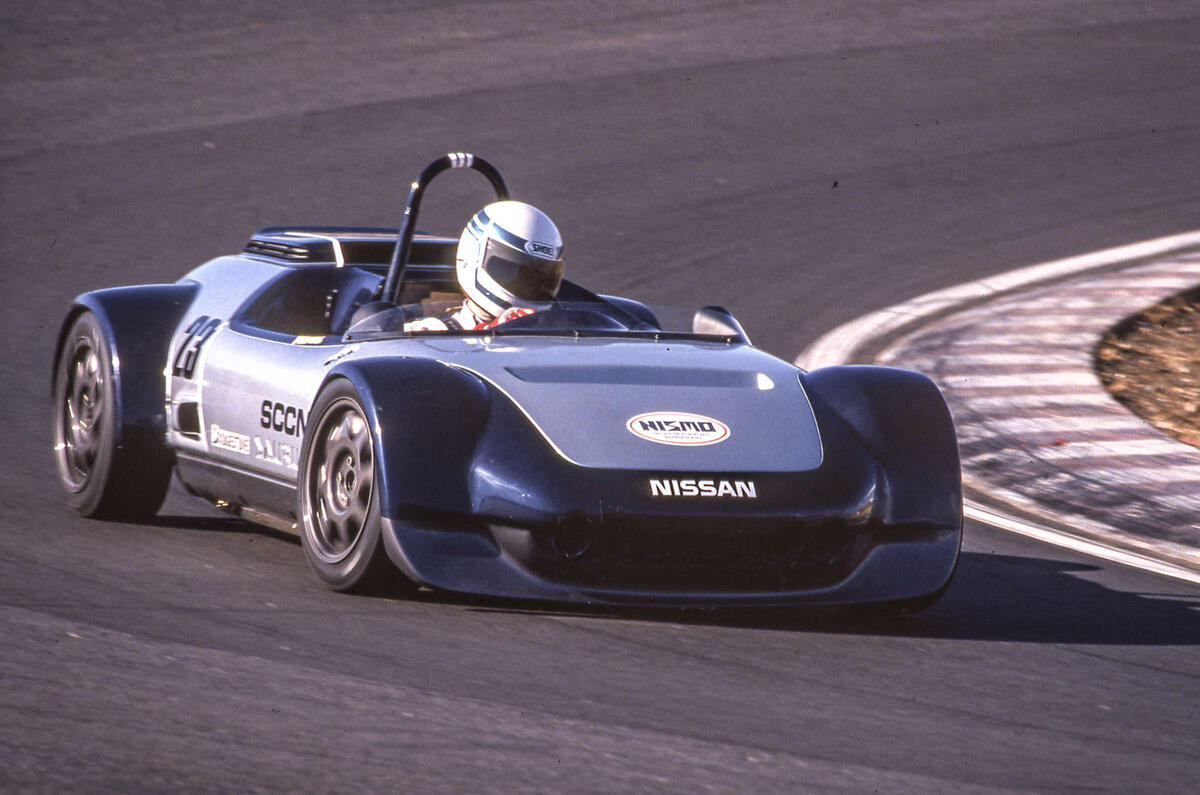
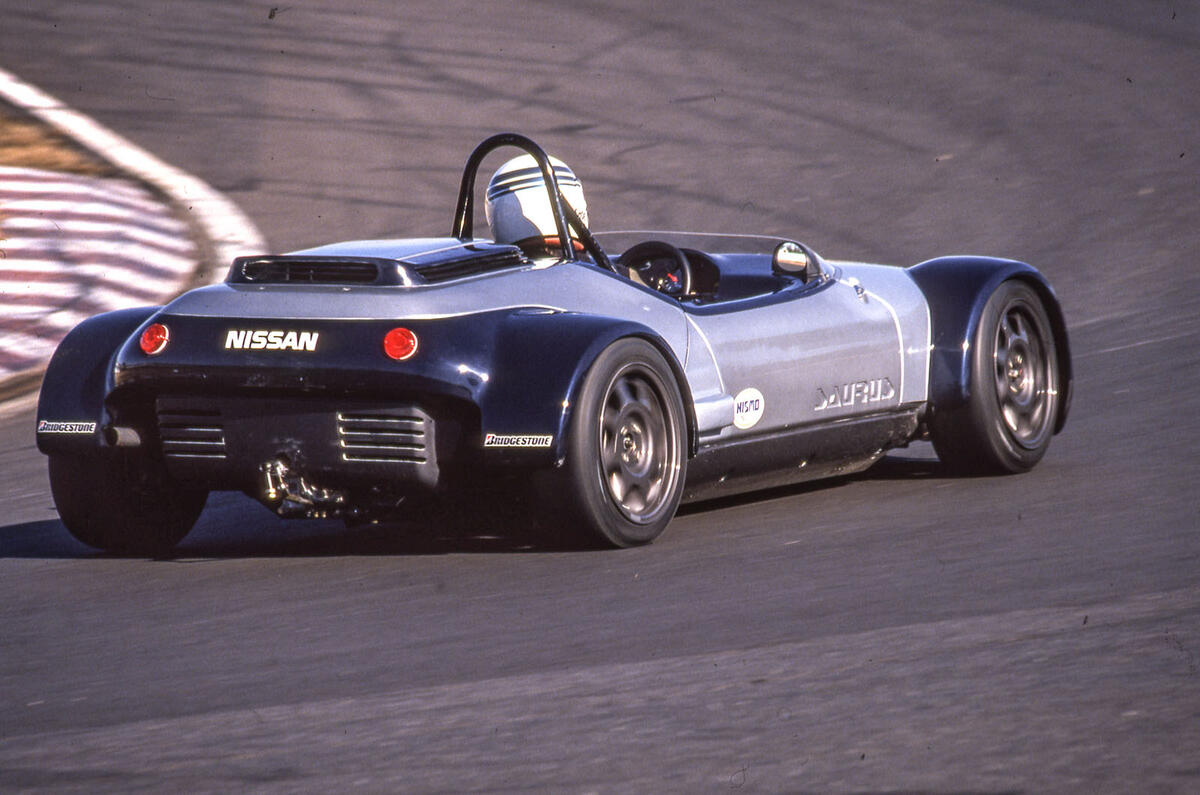
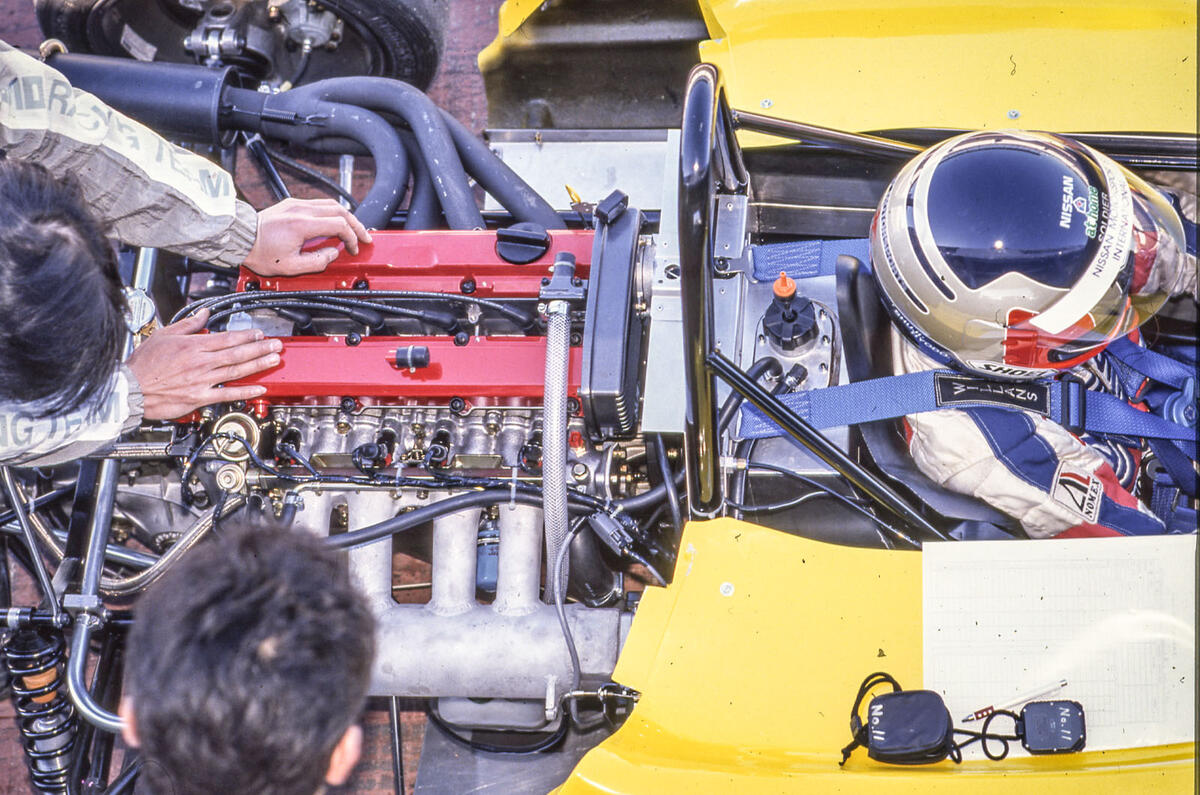
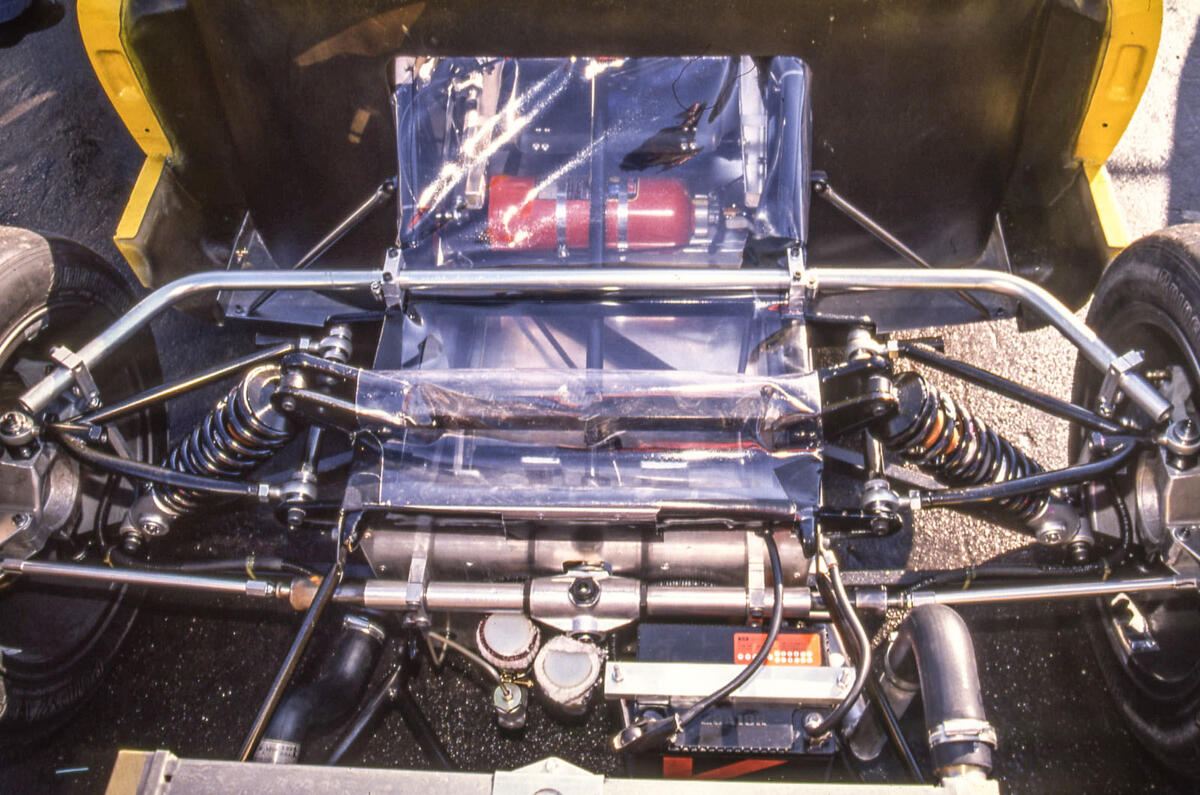
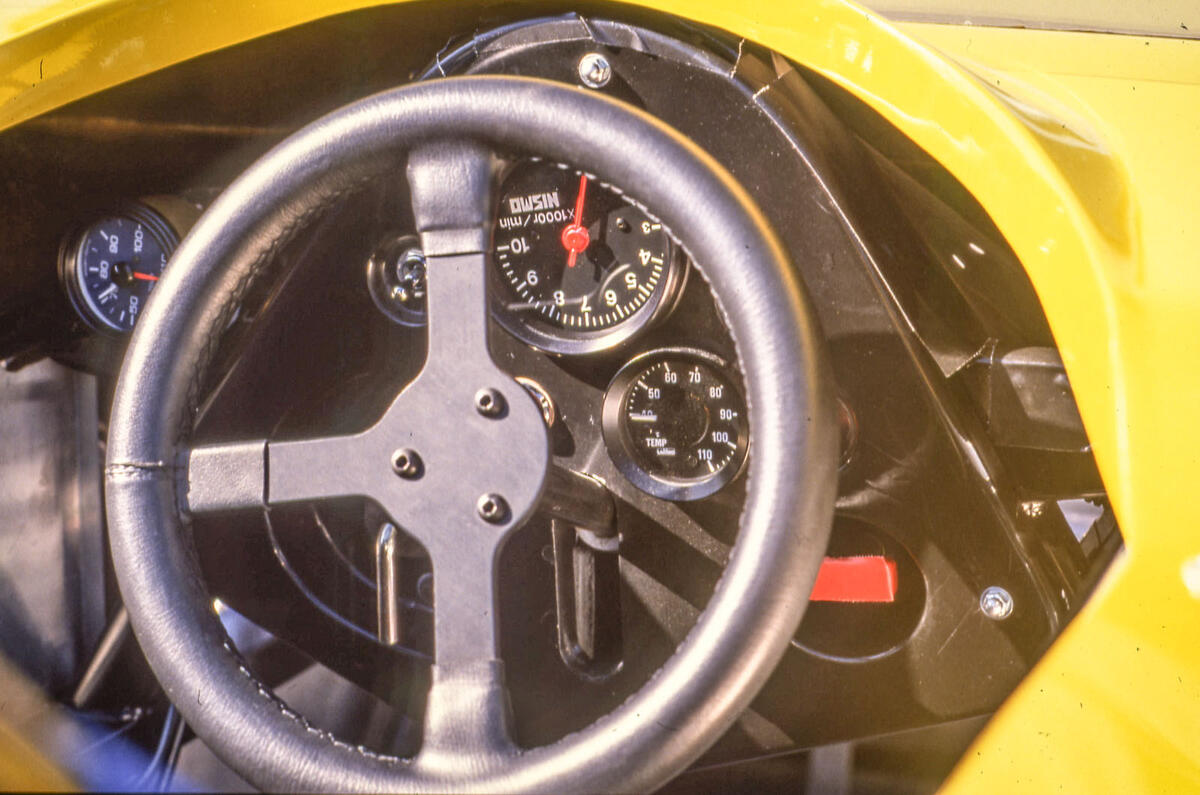
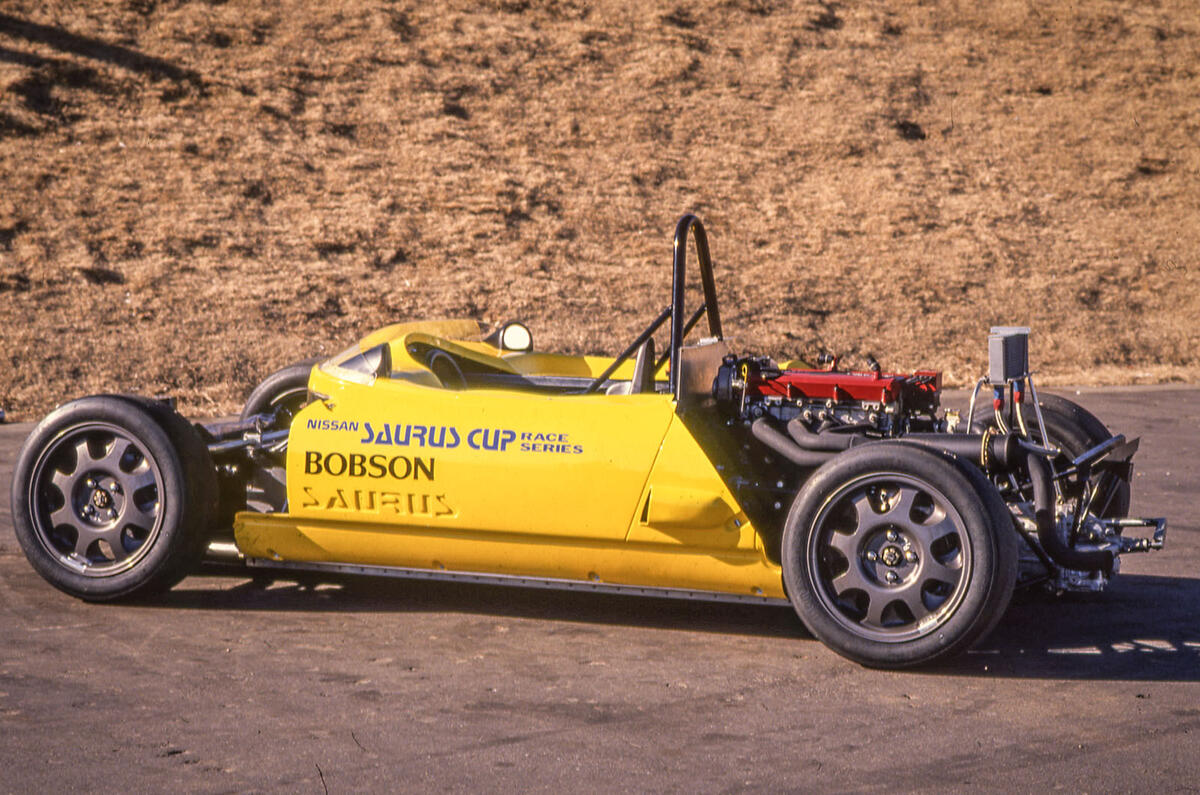

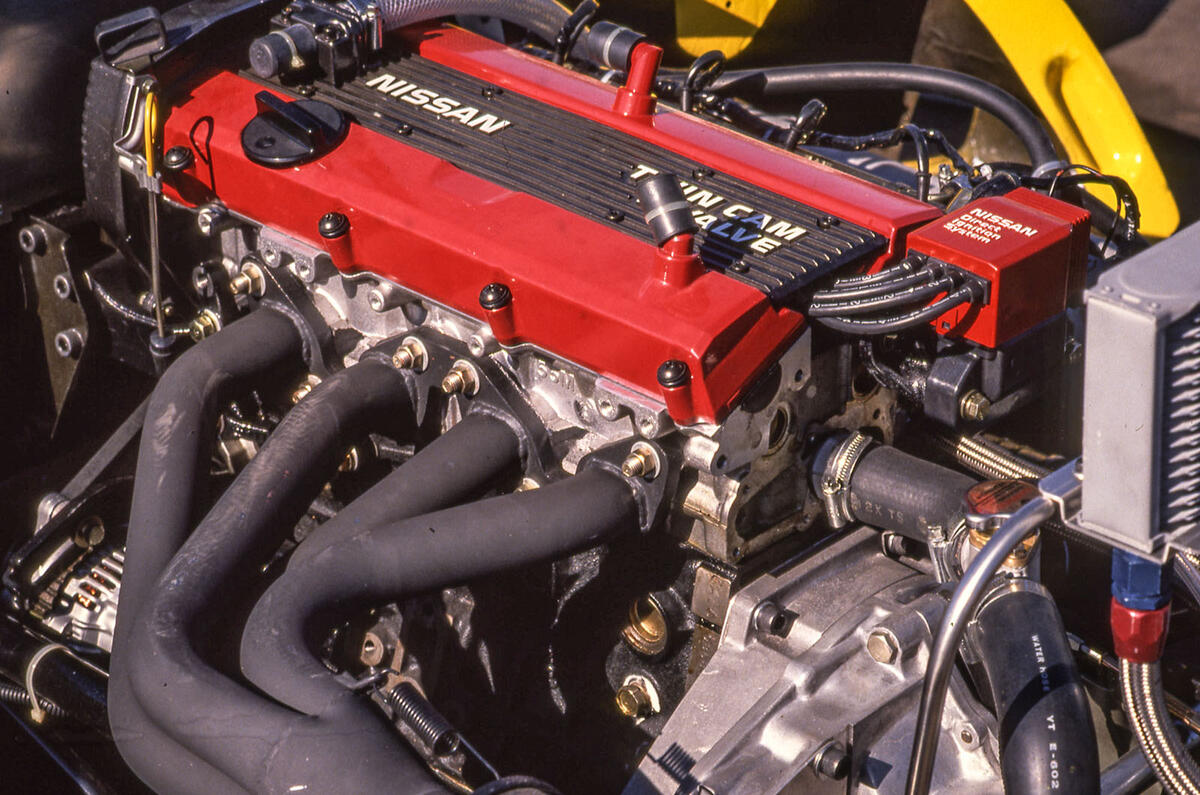


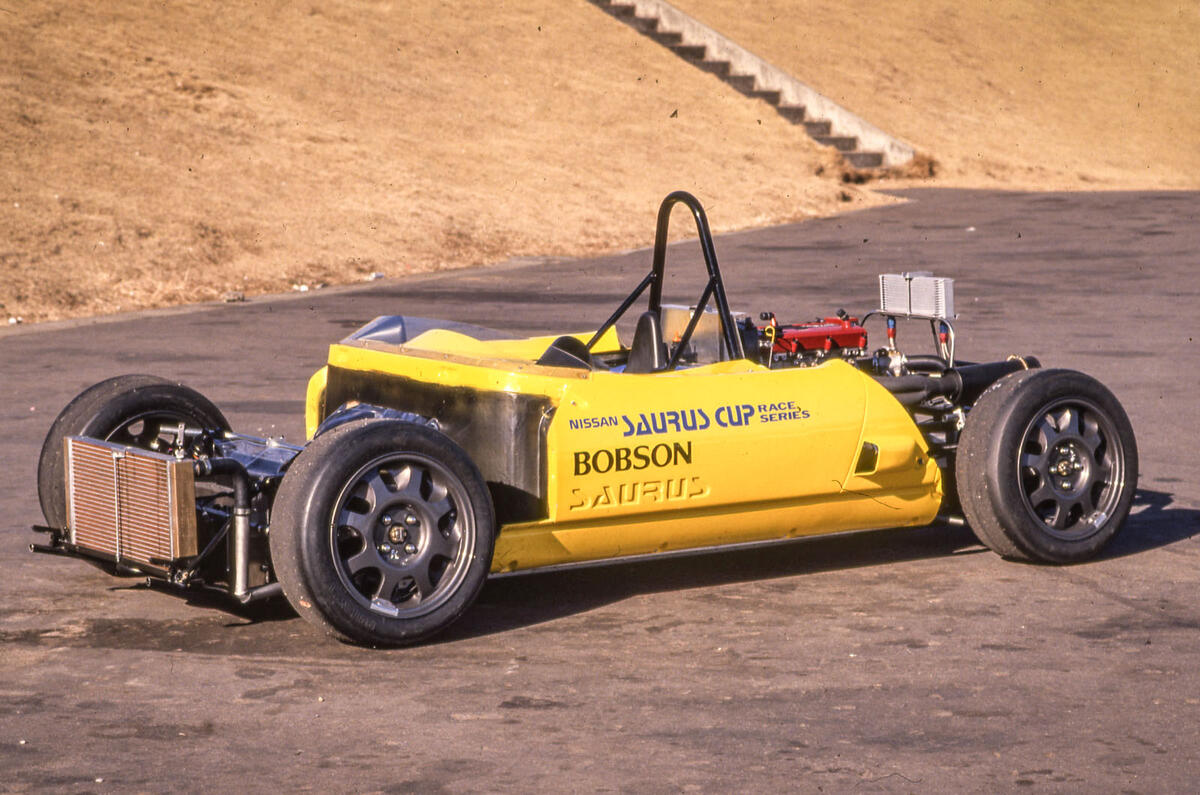
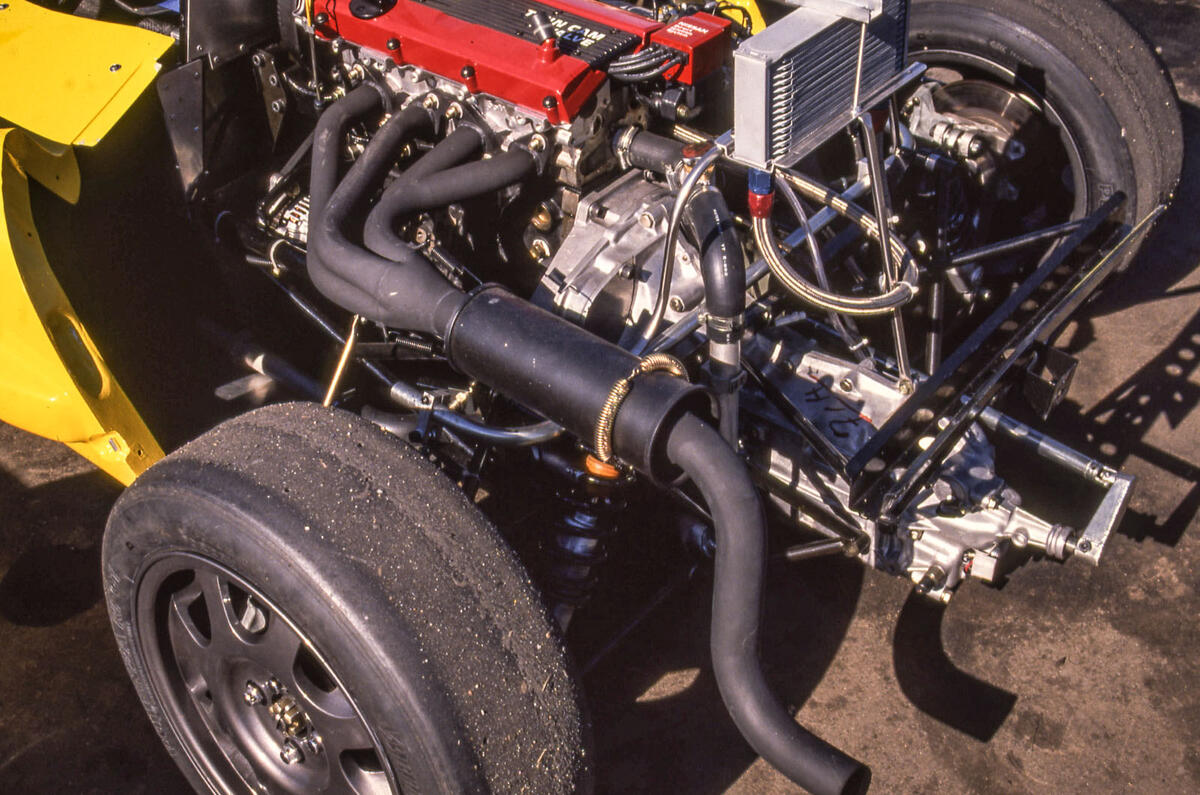
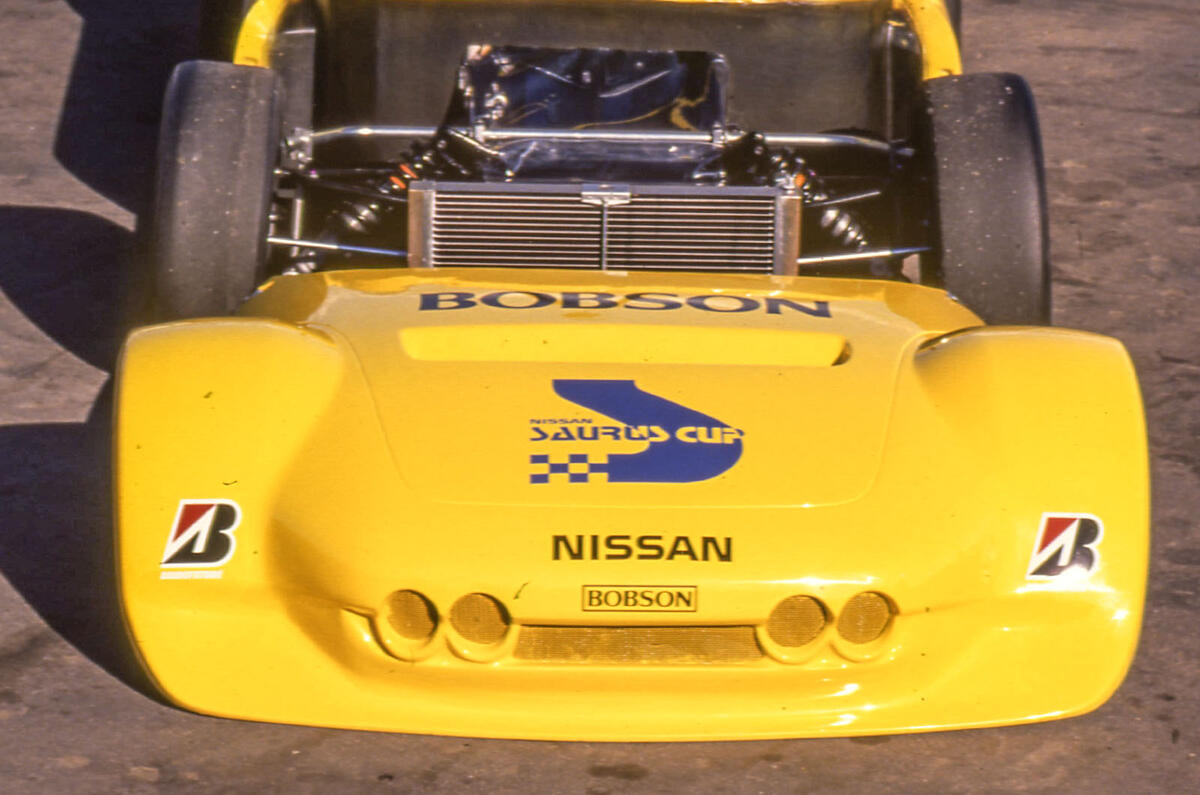
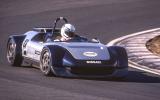
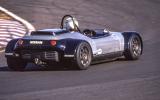
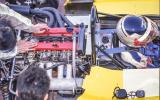
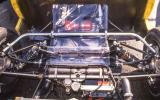


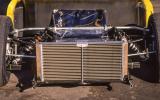
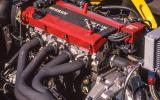
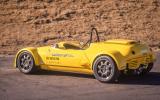
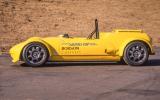
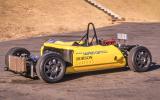
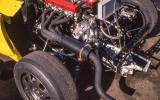
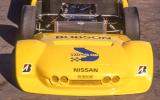


Add your comment